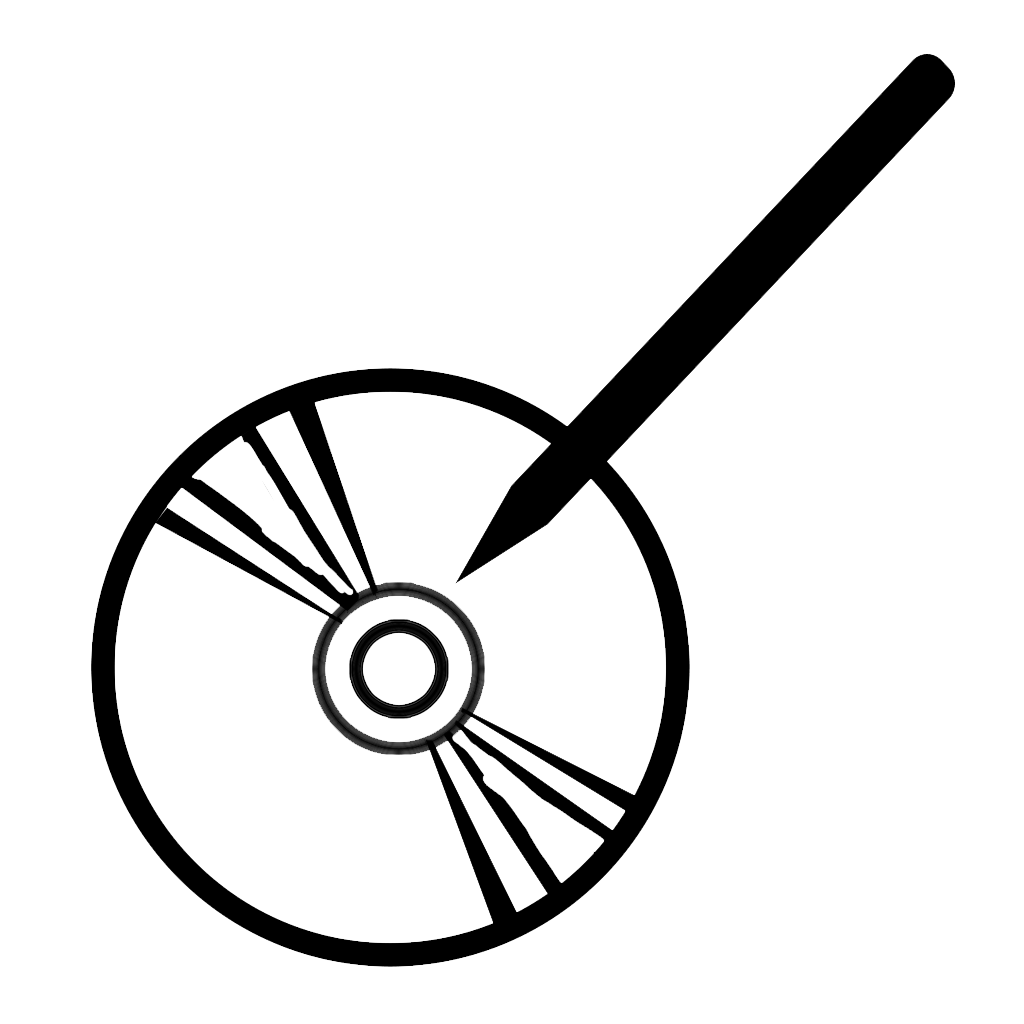This just pisses me off. Sure, my indie game “James – Journey of Existence” is doing poorly on Kickstarter (http://kck.st/19wTNSh), and that’s largely because of how poor it looks this early in development. But it’s trying something new, and is trying to be meaningful. Then I look randomly online and find this game:
“Catlateral Damage”
(note: The following rage is based on believing this game will cost money as opposed to being entirely free-to-play upon completion. If this isn’t the case, please ignore this post.)
What is it? It’s a game (very obviously made in Unity3D) that lets you play as a cat in your owner’s bedroom. The gameplay consists of you trying to knock over as many things as possible in the room in two minutes. Get a high score.
What do I think about it? It’s a cute idea. But the gameplay is simplistic, the models are simple and crude, the cat’s animations are laughable. Basically, I (and I’m sure most other people) could make this game from scratch within a week. It’s a online free minigame at best.
Continue reading →

